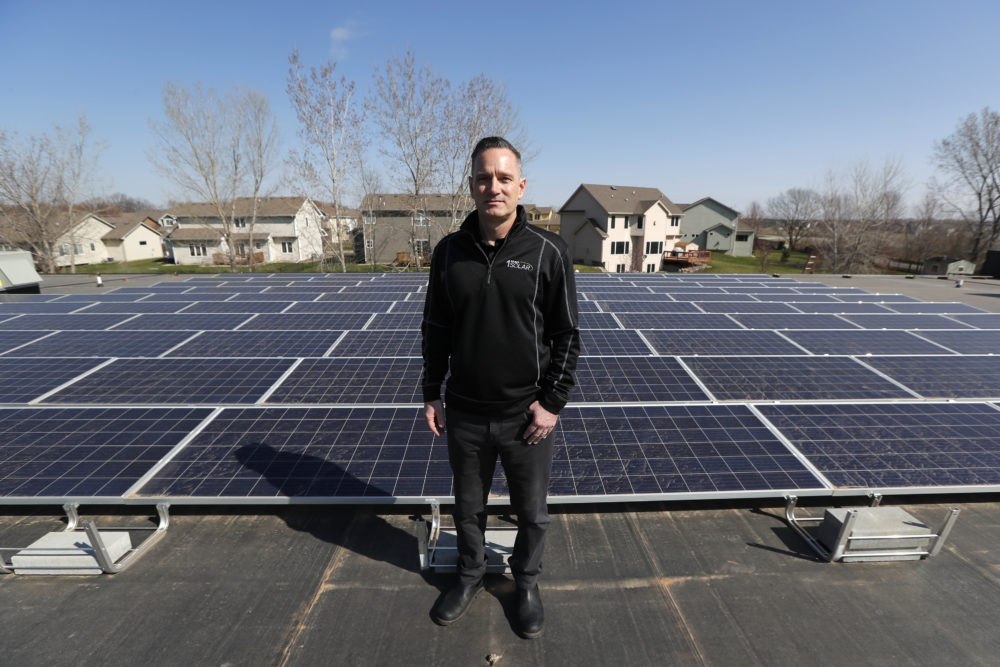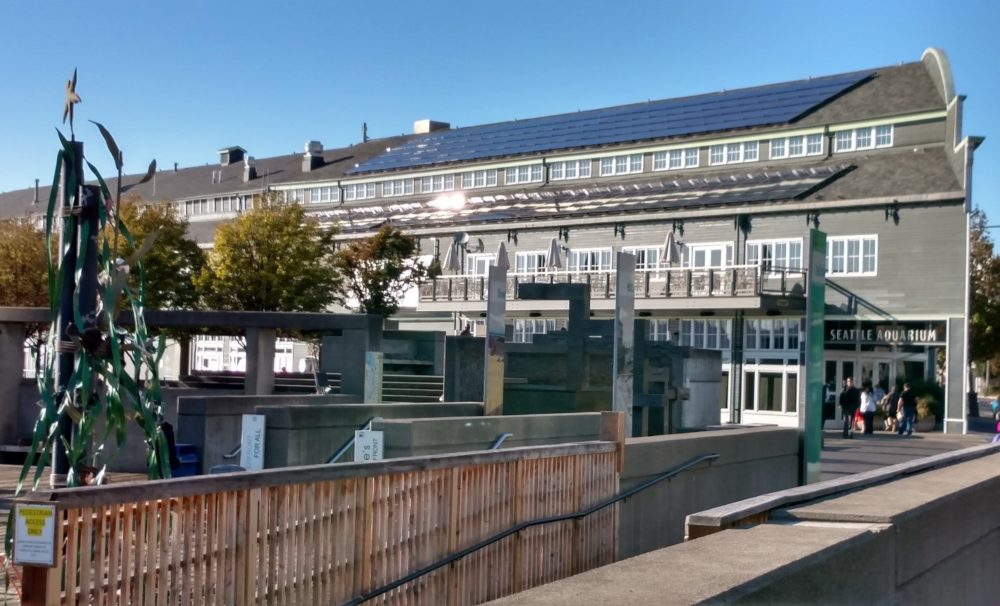Advertisement
Commentary
We Need More Than Campaign Slogans To Decarbonize The U.S.

As the climate crisis heats up, Democratic presidential candidates are proposing bold timelines for ridding our nation of fossil fuels. Two much-touted means of getting there are wind and solar energy, but a sober look reveals a long road ahead in adopting these zero-emission technologies.
Wind power today generates 6.6% of the nation’s electricity. Utility-scale solar installations supply 1.6% of our power, and smaller arrays on rooftops and parking lots add another fraction of a percent. Yet the federal government is on the verge of eliminating the production tax credit for wind and is almost as quickly ramping down the 30% investment tax credit for solar power. All the while, vast public lands are being opened up for oil prospecting in Alaska and gas drilling across the continent, made easier and cheaper by the green light Trump has given to methane emissions.
The good news is that we’ve barely scratched the surface of solar and wind as renewable energy powerhouses. Try looking out an airplane window at the roofscape of just about any U.S. city or suburb. Solar arrays are an anomaly, equally rare on residential rooftops, warehouses, big box stores and shopping center parking lots. These vacant expanses beg for better use.
According to the National Renewable Energy Laboratory, we could be getting 39% of our total present-day power needs from American rooftops well-suited to solar power. Why not make them a national priority?

Massachusetts, a leader in solar development, now incorporates incentives for solar-plus-storage that will help ease grid integration of distributed energy systems. The path to solar in some other states has been rockier, with utilities bankrolling campaigns to discourage independent ownership of photovoltaic arrays. Florida, after a multi-year battle, has finally made it possible for homeowners and businesses to lease solar arrays — a major step toward making this non-carbon-emitting resource more affordable.
Community solar farms, ground-mounted or built on larger rooftops, expand solar access to renters and those who can’t physically accommodate solar on their property. Subsidized subscriptions to these installations can place solar within reach of low-to-moderate-income households.

On a utility-scale, the opportunities for solar and wind abound. Using less than the acreage now devoted to growing corn for ethanol production, we could harness enough solar energy to match our total U.S. electricity generation. Brownfields — abandoned mines, factory sites and landfills ill-suited to other forms of redevelopment — are another good prospect for wind and solar power. To date, the U.S. Environmental Protection Agency has pre-screened 130,000 brownfield sites for renewable energy use. Wind farms and solar arrays have already been successfully piloted at a number of these locations.
Among Democratic presidential hopefuls, carbon pricing is a favored means of internalizing the environmental costs of fossil fuels. Some favor a fee-and-dividend formula that would return the collected revenues to American households to spend as they see fit. This giveaway may make carbon pricing more politically palatable, but it would be a major lost opportunity.
Instead of fueling an undifferentiated payback, revenues from carbon fees should be targeted at investments that will move us decisively toward the carbon neutrality goal that so many presidential contestants embrace. Options include block grants for energy-saving investments in public housing and other government operations; financial incentives for brownfield renewable energy projects; and grants for building a robust, resilient American grid that integrates high levels of renewables, including offshore wind from Maine to Virginia.
Advertisement
Vouchers for low-income households and small businesses should be considered too, earmarked for investments such as energy-efficient appliances, energy-conserving building retrofits, rooftop solar arrays, and subsidized subscriptions to community solar projects.
It’s time to get serious about investing in the technologies that will move America from righteous campaign rhetoric to a net-zero carbon future.
This story is part of "Covering Climate Now," a week-long global initiative of over 250 news outlets.
